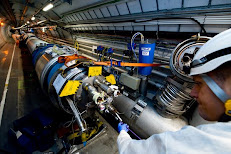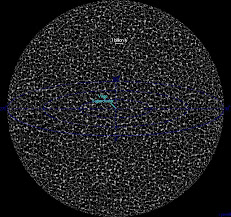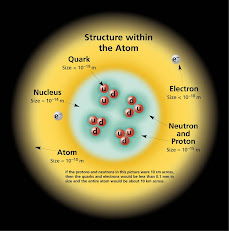This course is also about engineering.
Engineering is the art and science of solving technical problems. By technical we mean “possible” to be dealt with by using the laws of nature, the principles of mathematics, theories of the various fields of human studies, and such other tools of knowledge accumulated through observation, hypothesizing, experimentation, inferencing and generalization; or through other means of research. That series of actions from observation to generalization is known as the “scientific method.” However, this method is not the only way to know facts. Social scientists have their own method which they describe as “scientific.” We have no dispute here. In fact, in engineering we avail of any intellectual output that would help find, lead to or support a solution to a problem.
What is a problem? It is the difference or gap between what we are and what we want to be; our current condition and the desired condition. The bigger the difference, the bigger the problem.
Examples:
1. Riverbank A - riverbank B
2. Scattered laminants in the yard – wallets made of laminants
3. Zero pesos in your pocket – one million pesos in your bank account
In example 1, the gap is quantifiable by distance. The wider the river, the greater the problem. In example 2, the gap is quantifiable by the number of stages in a manufacturing process that transforms the scattered laminants into a finished product. In example 3, the gap is quantifiable by money.
What is a solution? It is any object, process, resource, person, relationship, idea, etc that has the potential to remove the difference or close the gap.
In example 1, a possible solution is a bridge or a boat; in example 2, manual or automated manufacturing process; in example 3, a rich father-son relationship.
An engineer who is solving a problem just does not use any solution that presents itself. He has to exhaust all possibilities in a search for alternatives. In this process, “anything goes.” The mind is allowed to come up with anything that has even the least bit of a potential to solve the problem. It can run wild and imagination is the only limit.
The next step is to evaluate several alternatives. This is the part where the engineer returns to reality and plants his feet on solid ground. To evaluate, he needs to compare on the basis of “criteria.” Criteria are qualities that make a possible solution more likely to be chosen.
Examples of criteria are cost, social acceptability, aesthetics, and function.
The engineer also has to consider constraints. A constraint is a requirement that should not be violated for a solution to be possible. A constraint makes a solution less likely to be chosen.
Examples of constraints are those imposed by the budget, culture, and laws.
Criteria and constraints may be related. However, they are not the same. The former are “promotive” while the latter are “restrictive.”
Tuesday, November 17, 2009
Subscribe to:
Post Comments (Atom)






No comments:
Post a Comment